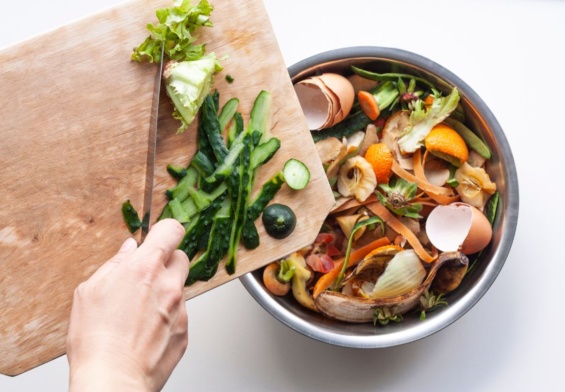By Mark Heath, Instructor Manager at the West London Shooting School.
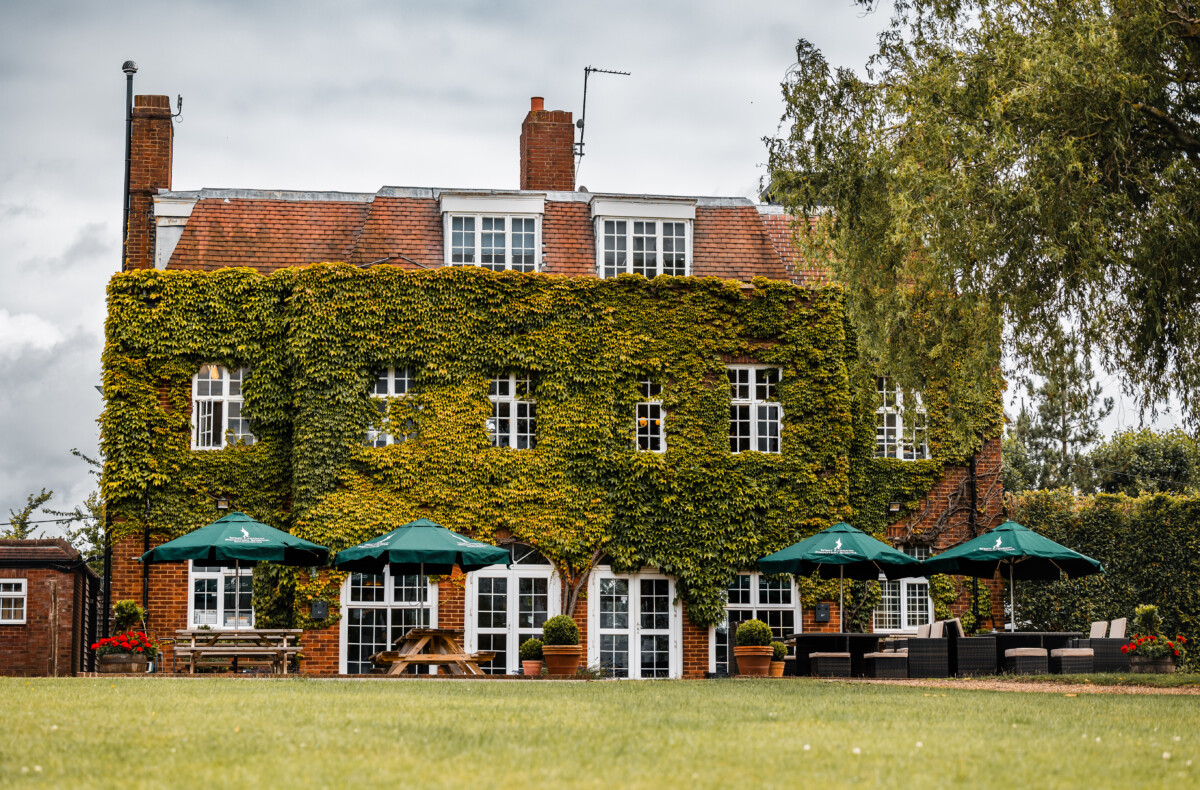
Step 1: Preparation
Preparation is key. First off, make sure you have all your appropriate kit with you including hearing protection and shooting glasses. You don’t have to invest in fancy, expensive gear in the beginning if you’re unsure if it will be the sport for you, but it is imperative to have the basic safety equipment.
Another prep factor, to be a good shooter, you must put in the hours with an instructor to practice your technique, regardless of what level you’re at. This will help you feel confident under different pressures and scenarios and help you learn to stay calm, regardless of how you’re performing. At West London Shooting School, this is something we provide. Tailored tuition designed to match each individual ability and help you to develop style and confidence, whether your interest is in game or clays.
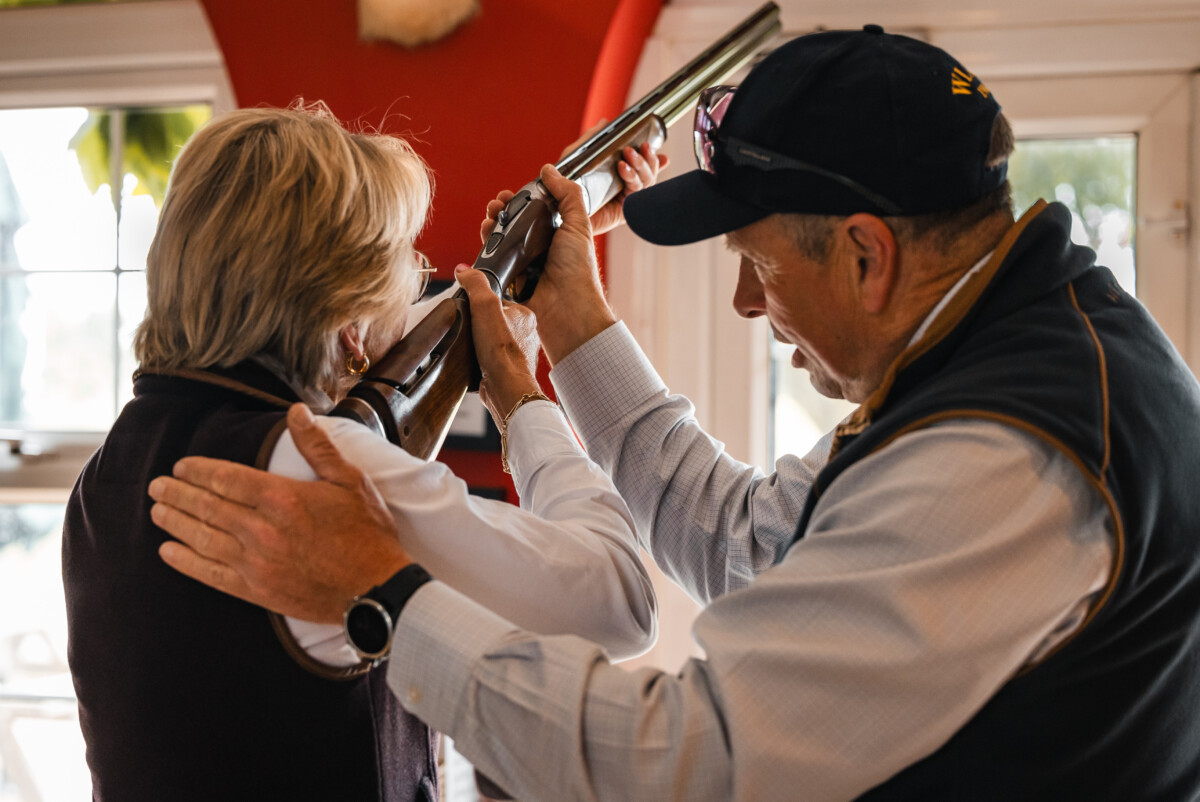
Step 2: Technique
Confidence again, plays a huge part to your technique and skill level. Being familiar with your kit and its performance capability will help you feel confident overall.
Staying calm and under control is the best quality to adopt when shooting. Concentrate on the target 110%.
When shooting high pheasants watch the birds coming across the line. They are probably higher than you think looking at the birds over your peg, and they may well be sliding on the wind. Time spent on reconnaissance is seldom wasted.
Don’t rush your gun mount, get your timing right and finish the shot with hard focus on the bird as it drops.
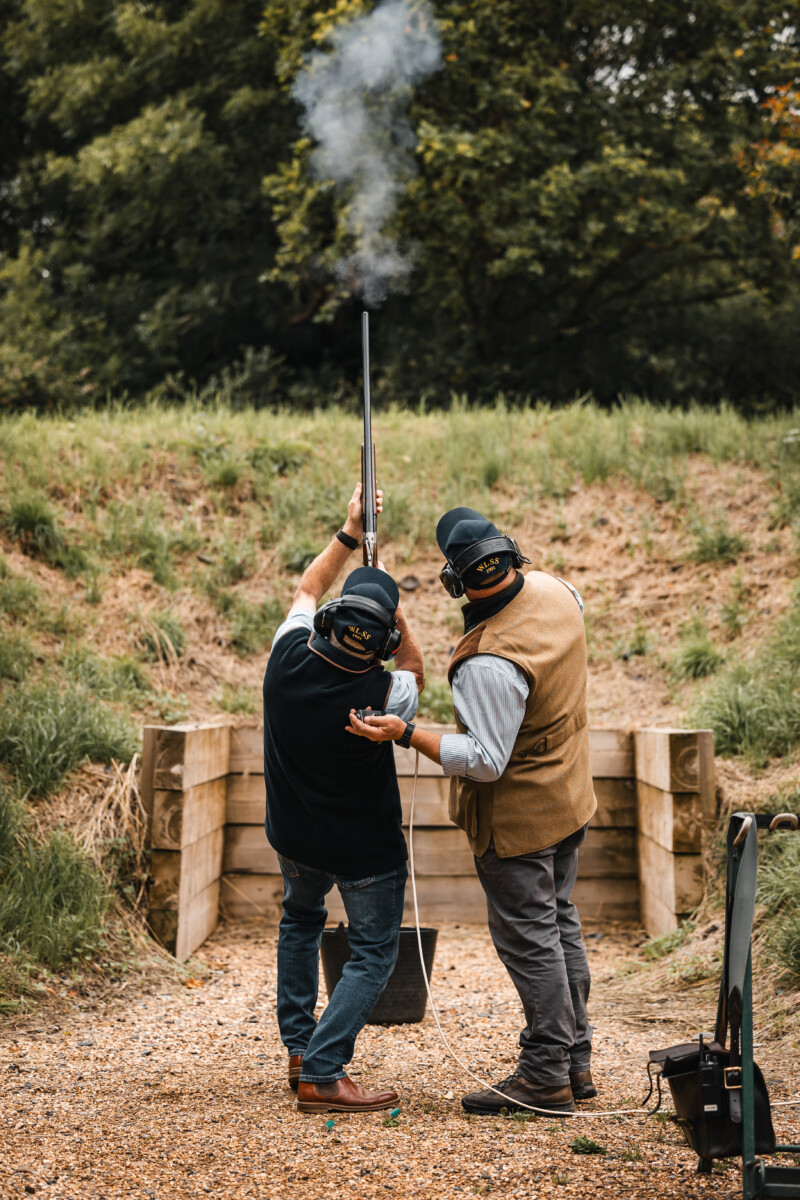
Step 3: Responsible Shooting
Safety should always be the first and last thing to think about when shooting. Be muzzle aware at all times, this includes taking the gun out of the slip and putting it back in. I always suggest also using a security cable for your gun when travelling.
Safe shooting is no accident. When shooting pheasant and partridge, if there is no sky behind it don’t take the shot. If it feels wrong it probably is, so wait for the next option to fly over. No one is interested particularly in what you shoot only that you are safe.
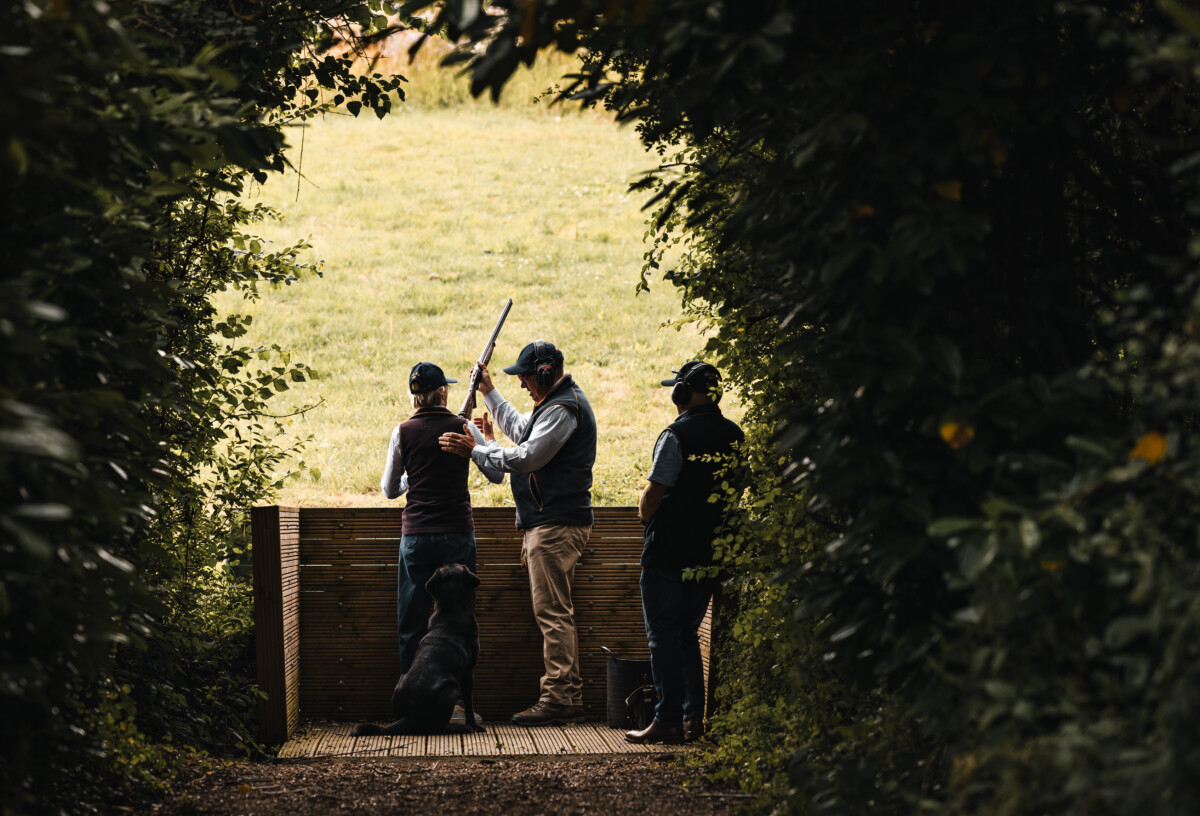
Step 4: Selecting The Right Gun For You
At West London Shooting School, we will select a gun with you that is suitable in terms of comfort and fit to get you started initially. This will undoubtedly change as you progress and you decide which aspects of shooting you are interested in – clays, game or competition shooting. The important element at the start is to use a gun that fits and gives you confidence. To give an extreme example there is no point starting a novice interested in competition shooting with a gun with 32” barrels and weighing 8 ½ lb when they haven’t got the upper body strength to hold and move the gun effectively.
When purchasing, it is important that you buy a gun that is suitable for the type of shooting that you intend to undertake and that you have it fitted. A proper fitting involves the use of a try gun where the length, drop and cast can be properly evaluated to ensure that your new gun fits you and is comfortable to shoot (this is something we offer at our school). Bling doesn’t shoot better, so don’t buy based on looks. You can have the most expensive gun there is but if it doesn’t fit, you will be missing with style too many times.
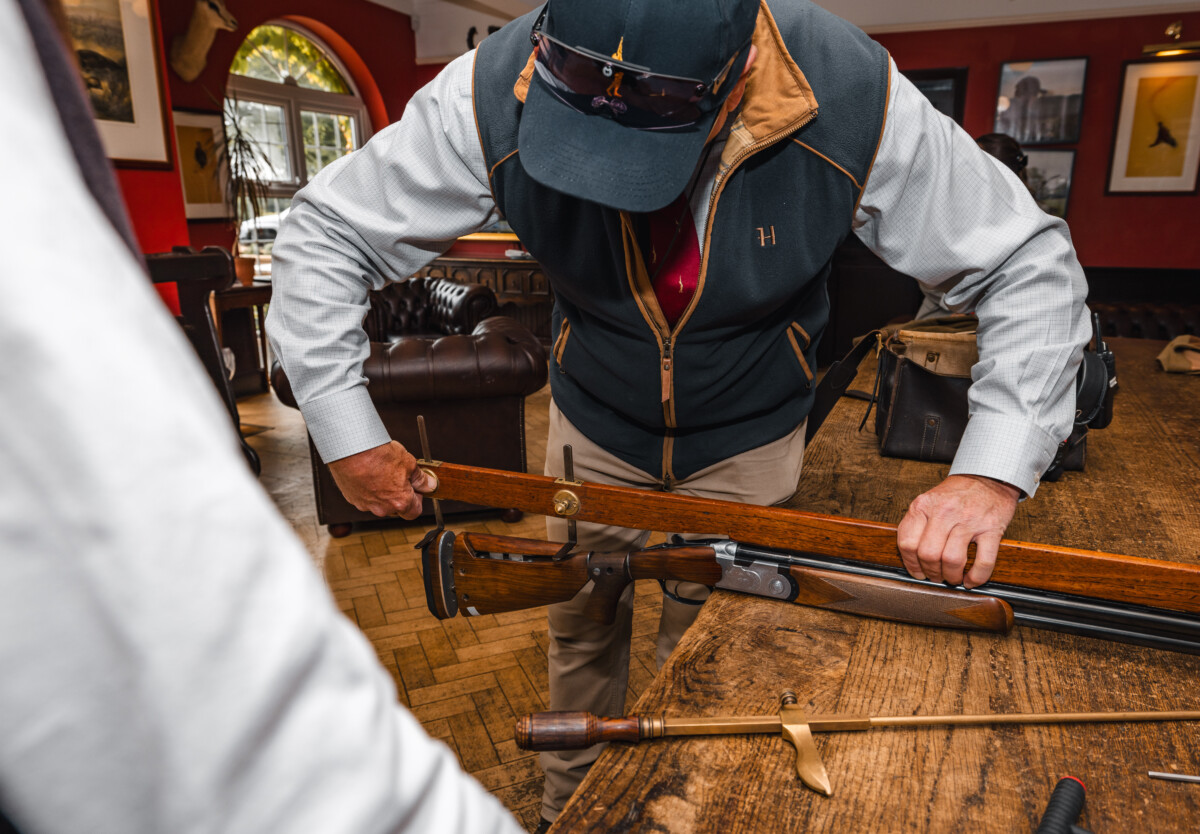
Step 5: Gun Care Tips For Optimum Use
- Make sure the gun is ready for action with a little lubrication before shooting – a few drops of strategically placed oil or the slightest smear of gun grease will prevent wear on key parts.
- Clean your gun twice after it gets wet on a shoot day, once after shooting and again the following day. A gun can rust overnight if left wet.
- Have your gun checked over periodically by a gunsmith, with a strip, clean and service. How often depends on how much shooting you do. An old English gun needs regular fettling to keep it up to the mark.
- Make sure your gun safe is sited in a warm, dry part of the house.
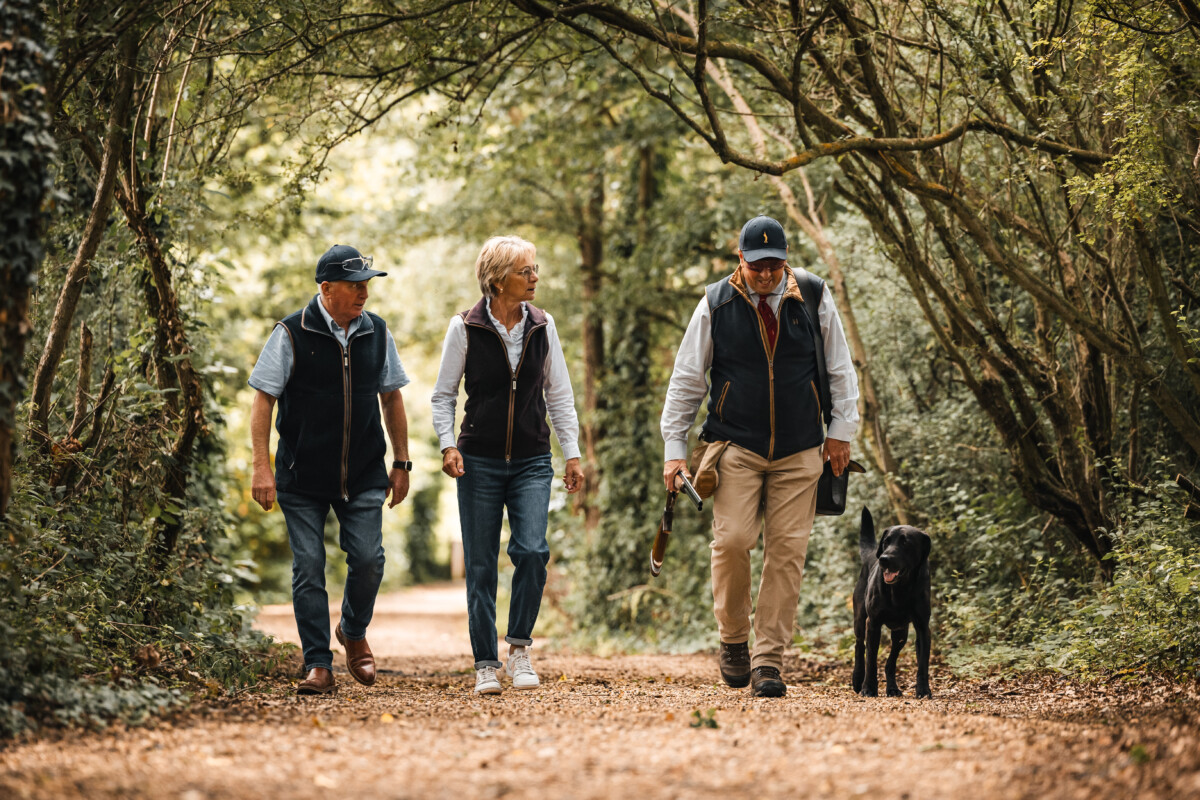
About the expert
Mark Heath is the Instructor Manager at the West London Shooting School. Mark has a wealth of experience in both game and clay shooting and was a member of the GB Police Team over many years.
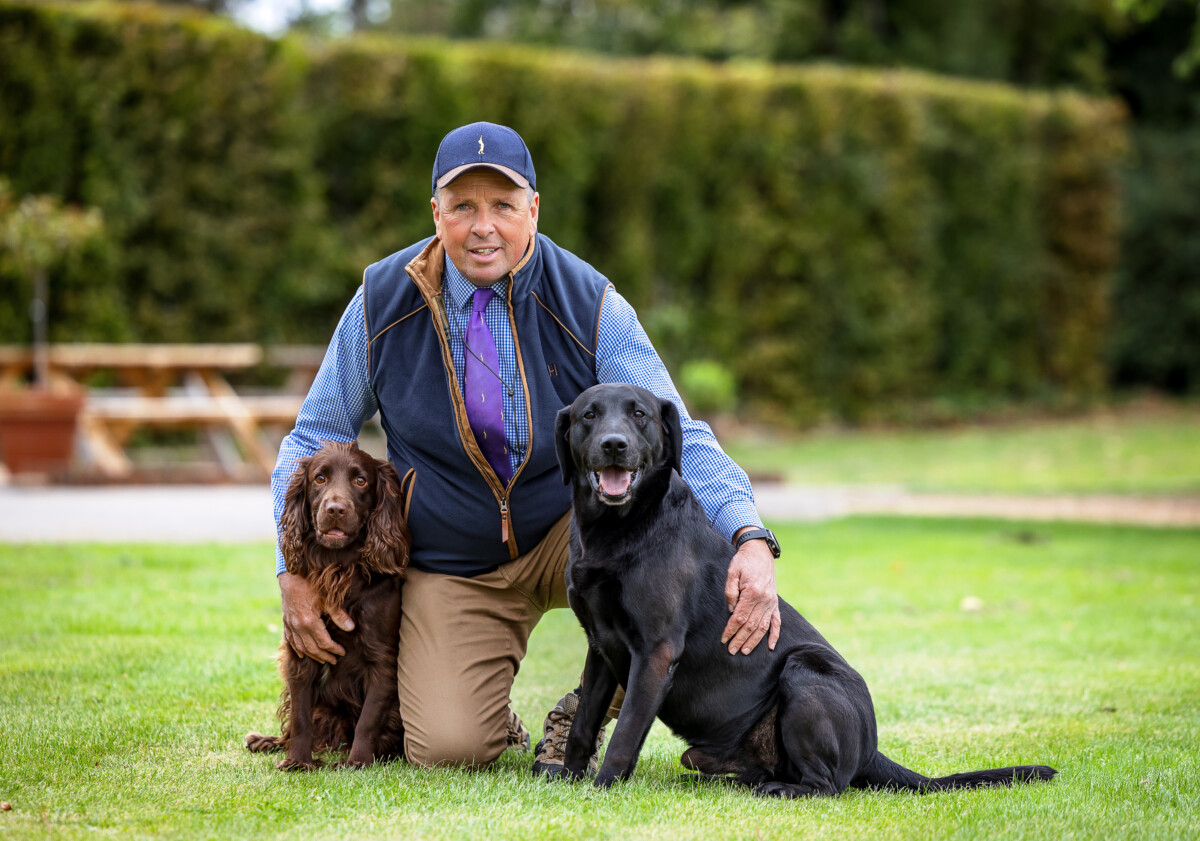
Mark’s calm professionalism and leadership skills continue to help drive the success of the school. He is also one of their gun-fitting team.

